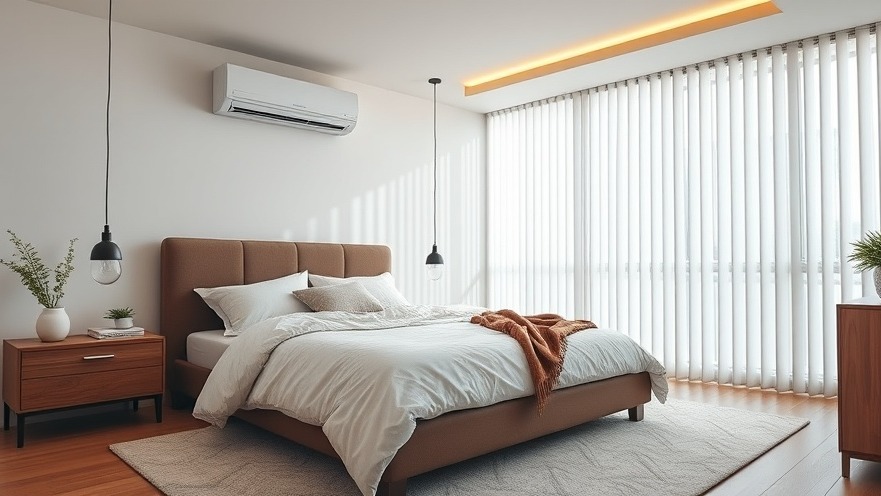
Understanding the Ideal Temperature for Comfort
The ideal temperature in our homes is more than just a number on a thermostat; it represents a delicate balance that contributes significantly to our comfort, health, and energy efficiency. In Australia, the recommended indoor temperature typically ranges between 20°C and 24°C (68–75°F), tailored to individual needs and external conditions. Factors such as seasonal changes, the occupants’ characteristics, humidity, activity levels, and even health considerations all influence how we perceive comfort.
The Role of Seasonality in Temperature Control
Climate plays a pivotal role in determining your indoor environment. In summer, setting your air conditioning to 24°C to 26°C (75–79°F) can prevent overheating while maintaining comfort. Conversely, during winter, a temperature setting of 20°C to 22°C (68–72°F) is ideal, as temperatures that dip lower can lead to increased drafts and potential health risks.
Occupant Needs: Age and Health Matter
Different demographics within a household may have varying temperature preferences. For instance, elderly individuals and young children thrive in warmer environments where temperatures range from 22°C to 24°C (72–75°F). Furthermore, individuals with respiratory issues can benefit greatly from stable temperatures and controlled humidity levels.
The Importance of Humidity
Humidity is a defining factor in our comfort level. Maintaining an indoor humidity level of 40–60% can prevent discomfort; excessively high humidity can make your home feel tropical and damp, while low humidity can lead to dry skin and discomfort. In humid areas, consider operating a dehumidifier alongside your air conditioning to enhance comfort, while utilizing humidifiers during dry winter months may help alleviate dryness.
Adjusting Temperature Based on Activity Levels
Don't underestimate the influence of activity on your thermal comfort. Those who are active or engaged in household chores typically fare better in the lower temperature range of 20°C to 22°C, whereas individuals engaged in sedentary tasks, like reading or working, may prefer a slightly warmer atmosphere of 22°C to 24°C.
Your Health's Temperature Threshold
Understanding the health implications of temperature extremes can lead to better life choices. Cold indoor air—especially below 16°C—can increase the risk of respiratory infections, particularly in vulnerable populations. Meanwhile, allowing temperatures to soar above 27°C (80°F) can lead to dehydration and heat exhaustion. Consider incorporating a room heat pump to regulate temperatures effectively.
Take Action for Optimal Comfort
Knowing the recommended temperature ranges based on external factors and personal needs can enhance comfort in any home. As you embrace these insights, implement the right HVAC solutions to improve energy efficiency, reduce costs, and adapt your home into a more inviting retreat. Ultimately, understanding your ideal living temperature is about enhancing your quality of life.
To maximize comfort and health in your home, start by assessing your specific needs and planning adjustments accordingly. Take the first steps to create your ideal living environment today!
 Add Row
Add Row  Add
Add 




Write A Comment